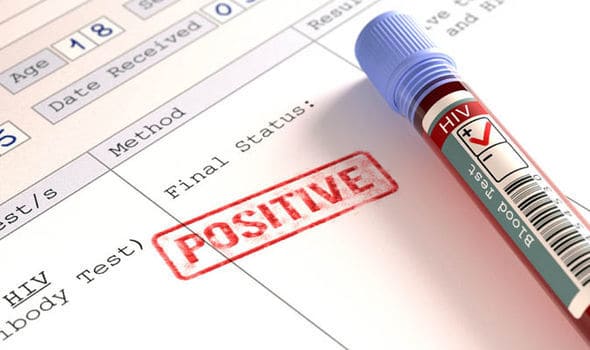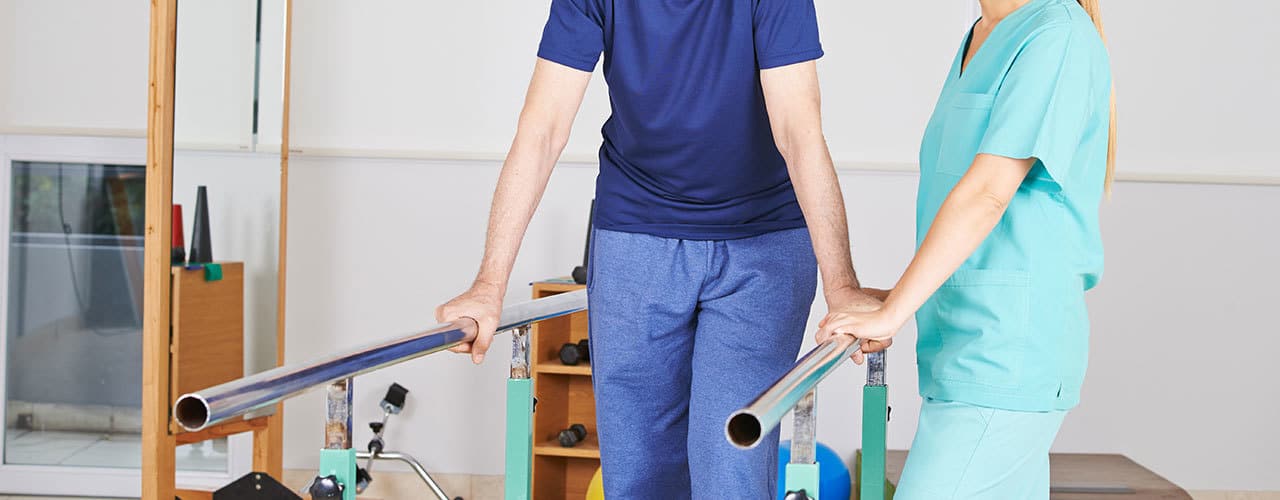Contents:
Medical Video: Real-Time Fluorescein Angiography
Definition
What is eye angiography?
Eye angiography is a medical procedure that uses fluorescent ink which is injected into the bloodstream. The ink will highlight the vein behind the eyeball so that it can be captured. This medical procedure is commonly performed for the treatment of eye disorders, your doctor will perform a procedure to confirm the previous diagnosis, to determine the appropriate therapy, or to monitor the condition of the blood vessels behind your eyeball.
When should I undergo eye angiography?
This medical procedure is done to check if the blood flow in the vessels located two layers behind your eyeball works well. Eye angiography can also be done to diagnose eye problems or to determine whether certain eye treatments work well.
Prevention & warning
What should I know before undergoing eye angiography?
In general, the doctor will not recommend this procedure during pregnancy - especially in the early trimester. Fluorescent ink can be absorbed by breast milk, it is not safe to breastfeed for 24-48 hours after the procedure. Pump your milk and throw it away immediately, do it until you feel safe to breastfeed again. Alternatively, a few days before the procedure you can pump breast milk and store it, or buy formula milk, for use at and after the procedure.
The ink will be filtered by the kidneys and flow out of the body through urine in 48 hours. Urine can be bright yellow or orange for 2 days. Green ink called indocyanine will be better at detecting several types of eye problems than fluorescent inks. This green ink will help the doctor check if there are leaks in the blood vessels under the retina. Test results will be more difficult to read in cataract patients.
Process
What should I do before undergoing eye angiography?
Do not drive your own vehicle on the day of the procedure. Ask your friends or family members to drop off and accompany you on the procedure day. Your pupils will enlarge for approximately 12 hours after the test. Be sure to inform your doctor before the procedure regarding medication (prescription / non-prescription, herbal products, supplements) and other therapies that you are taking. Tell your doctor if you have an iodine allergy. If you use contact lenses, remove the lens before undergoing the examination.
What is the process of eye angiography?
You will be given eye drops that function to dilate the pupils. You will be required to support the chin on the camera stand and lean your forehead on the support bar to keep your head from moving during the procedure. The doctor will take pictures in your eyes. After the first few pictures are taken, the fluorescent ink will be injected into the pulse, usually in the fold in your elbow. Then, a special camera will take pictures while ink flows in blood vessels behind your eyeball.
What should I do after undergoing eye angiography?
When the test is complete, your vision will blur for approximately 12 hours. Do not drive your own vehicle until the effects of eye medication are completely exhausted. Ask your friends or family members to drop off and accompany you on the procedure day. Use glasses until your pupil size returns to normal to avoid exposure to bright light and direct sunlight that can injure your eyes.
Explanation of Test Results
What do the test results mean?
The duration of the test ranges from 30 minutes. Results will be accepted and examined by your doctor immediately after the procedure.
Normal results
Ink flow flows normally without obstacles. No leak or blockage found.
Abnormal results
- slow ink flow
- clogged ink flow
- ink leaks out of blood vessels
- there is a clot in the area around the eye or optic disc
Hello Health Group does not provide medical advice, diagnosis or treatment.











